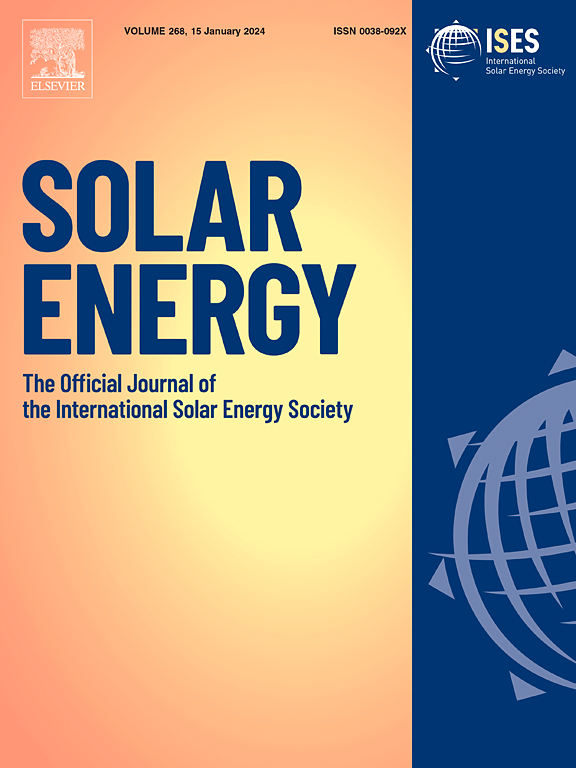Advanced control of solar-powered automated drying systems to enhance grain quality using a hybrid HOA-CINN approach
IF 6
2区 工程技术
Q2 ENERGY & FUELS
引用次数: 0
Abstract
Grain drying is a vital post-harvest process that ensures long-term storage stability and quality preservation. However, conventional drying methods often suffer from high energy consumption and inconsistent moisture removal, demanding the development of more efficient and adaptive drying solutions. This research offers a new adaptive control for the performance improvement of solar-powered automatic grain drying systems. The proposed adaptive system utilizes the Hippopotamus Optimization Algorithm (HOA) to optimize drying parameters and enhance grain quality and Conditional Invertible Neural Network (CINN) is used to predict the behavior of the drying system allowing adaptive control to maintain optimal drying conditions. The study’s primary aim is to minimize the moisture ratio (MR), thus reducing post-harvest grain loss and preserving the overall quality and nutritional value of the grains. The proposed method, referred to as HOA-CINN is implemented in MATLAB and compared with various existing techniques for performance analysis. The proposed method achieved a low MR of 10, ensuring efficient moisture removal and reduced post-harvest loss. It also demonstrated a low peak energy consumption of 1.113 kWh, outperforming existing methods in energy efficiency. Additionally, the color change value of 9.38 indicates superior grain quality retention with minimal discoloration. Furthermore, statistical analysis confirms the stability and consistency of the proposed techniques, with a mean and median of 1.2290 and 1.2134, in that order and a low standard deviation of 0.0326, highlighting its reliability in maintaining optimal drying conditions.
求助全文
约1分钟内获得全文
求助全文
来源期刊

Solar Energy
工程技术-能源与燃料
CiteScore
13.90
自引率
9.00%
发文量
0
审稿时长
47 days
期刊介绍:
Solar Energy welcomes manuscripts presenting information not previously published in journals on any aspect of solar energy research, development, application, measurement or policy. The term "solar energy" in this context includes the indirect uses such as wind energy and biomass
 求助内容:
求助内容: 应助结果提醒方式:
应助结果提醒方式:


